SmartFill Washing Fastness Test Sample Preparation Machine | A smart instrument developed by the sister company ChiuVention.
The SmartFill Washing Fastness Test Sample Preparation Machine is a matching device of washing color fastness tester, which can greatly improve the accuracy and efficiency of the Color Fastness to Washing test.
It is equipped with a weighing balance. After weighing the fabric sample, it automatically prepares and heats the soap solution according to the set bath ratio, and outputs the soap solution at a constant temperature, also outputs the set number of steel balls into the test cup.
The SmartFill matching device of washing color fastness tester makes sample preparation more accurate and efficient, and it enhances economic efficiency by allowing wash color fastness testing to be done immediately without waiting.
The SmartFill can also be connected to the SmarTexLab App installed in the smartphone via WIFI, allowing the operator to perform a series of operations on the phone, such as setting the bath ratio, and temperature, and making appointments for replenishment of the soap and heating, etc.
Description
Why SmartFill Washing Fastness Test Preparation Machine
More accurate testing
The high precision balance weighs the fabric sample, and the soap dosage is automatically dispensed strictly according to the bath ratio, accurate to 1ml, together with the precise temperature control and steel ball counting, it makes the whole sample preparation for washing fastness test more accurate, thus making the test of washing color fastness more reliable.
Testing is more efficient, saving nearly 30% of individual labor costs each year.
By choosing the SmartFill Washing Fastness Test Sample Preparation Machine, for 1 wash color fastness tester with 12 test cups,
each test preparation can save 10 minutes, according to 200 samples per day, or save 30% of individual labor costs for enterprises in a year.
Smart instrument
This Washing Fastness Test Sample Preparation Machine can be connected through Wi-Fi with the SmarTexLab App installed in smartphones, then you can set parameters, monitor the test status, receive equipment warning reminders, replenishment reminders, etc.
Well-known brands are using.
Anta supply chain chose the SmartFill Washing Fastness Test Sample Preparation Machine, which more quickly and efficiently got the garment color fastness data so that corporate brand and quality management became more scientific.
The Specification of SmartFill Washing Fastness Test Preparation Machine
Balance: weighing limit 600g, accuracy ± 0.01g
Soap tank: working volume 6500ml (Soap can be refilled automatically)
Single pumping volume of soap: 2.5~1000ml
Liquid output accuracy: 1ml ±5%
Soap pumping speed: ≤ 28ml / s (With steel balls )
Temperature control range: 0~65℃, precision ±1℃
Power 220/110V 50/60Hz
Weight 45 kg
Dimension 500*500*520 mm (L*W*H)
Welcome to TESTEX – a professional textile testing instrument supplier, SmartFill Liquid Filling Machine – Washing Fastness Test Sample Preparation Equipment is on sale, contact us to get a detailed price quote.
You must be logged in to post a review.
The Importance of Color Fastness Testing
Colorfastness refers to the washing and friction resistance of textiles. The quality of color fastness is directly related to the health and safety of the human body. In the process of using the product with poor color fastness, when the products across the rain and the sweat, which will result in the pigment on the fabric fading off, even the molecules and heavy metal may be absorbed by the human body through the skin and endanger the health of the skin. On the other hand, cloth with poor color fastness will cause other clothes to be stained with color and dye other clothes when washed with other clothes.
What is the difference between water fastness and washing fastness?
Water fastness is the color fastness of water immersion. In the testing, the textile specimen and the specified lining fabric are laminated together and immersed in water. After squeezing out the water, place them in the middle of the two plates and offer a certain pressure. Finally, use the gray sample card or instrument to assess the color change of the specimen and lining staining.
Washing fastness is also called soap fastness. In the testing, sewn the textile specimen and the specified lining fabric together. Then place them in soap or a mixture of soap and anhydrous sodium carbonate. Finally, use the gray sample card or instrument to assess the color change of the specimen and lining staining after a specific washing, cleaning, and drying with the original sample as a reference. In short, the sample needs to be immersed in the water in the former testing while it needs to be washed with soap in the latter testing.
Test Standard for Colour Fastness to Washing of Textiles
The washing fastness of textiles refers to the ability of the textile to maintain the original color under the washing condition, that is, the ability to not fade and change color. ISO 105C01-C05 provides several test methods for color fastness to washing, covering the range from mild to intense washing operation, as a classic colorfastness test method, which is still widely used today. The determination of color fastness to washing of the whole cotton fabric using washing fastness test ISO 105-c03 method, China’s GB/T 3921 3-1997 standard is based on the modification of the formulation, so its technical content and international standards are not different, applicable to any form of textiles.
In addition to the above 2 standards, there are many international standards on the testing of color fastness to water, such as AATCC 61-1A of the US, British BS 1006-C01, ISO 105-c06 of the ISO, JIS L0844 of Japan, etc.
Test Procedure
1 Set the working temp and working time as the standard requirement.
2 Add the detergent solution and steel balls to the cylinder as per standard requirements.
3 Place an equal number of washpots on each side of the shaft. Start the motor rotation and run for at least 2 min to preheat.
4 After preheating, put the ready samples into the washpots sequential and clamp the lid. Start the machine and run at 40 rpm for a certain amount of time.
5 After the machine stops running, the sample should be washed with distilled water or ionic water, the excess moisture is extracted by centrifuge, and the sample is dried by a possible method.
6 Evaluate the sample according to the standard sample.
As a professional manufacturer of washing fastness testers, we test every washing fastness tester according to the test standard to ensure the normal operation of the instrument. If you want to know the price of the washing color fastness tester, please contact us.
Notes:
1 Be careful about dealing with all chemicals.
2 Test result rating must be completed in a standard light box.
3 Test solutions should be prepared and used at present according to the need.
4 There should be safety rain shower facilities prepared nearby for emergency use.
5 A rapid drainage system should be installed and equipped with a sewage treatment tank.
6 It is important to follow laboratory practices and wear protective eyewear in the laboratory.
7 When operating the instrument, we should refer to the safety instructions of the instrument manufacturer.
8 The reference detergent which is specified in AATCC 1993 standard can be allergenic. Thus we need to prevent them from touching eyes and skin.
A: The washing fastness of textiles refers to the ability of textiles to not fade and change color after washing or dry cleaning.
Q: How to improve the color fastness of washing in industrial production?
A: The most direct solution to fading in production is to use color fixers, such as resins or quaternary ammonium salts, which strengthen the connection between the dye and the fiber, enhancing the fixing power and thus reducing fading. Alternatively, a more reactive or direct dye can be used to improve the color fastness to washing and reduce fading. What’s more, you can click here and learn more.
Related products
-
Rubbing Fastness (Gakushin) Tester TF413
Rated 5.00 out of 5 -
Water-cooled Light Fastness Tester TF422
Rated 4.67 out of 5 -
Color Matching Cabinet TU300A/B/C/D
Rated 4.78 out of 5

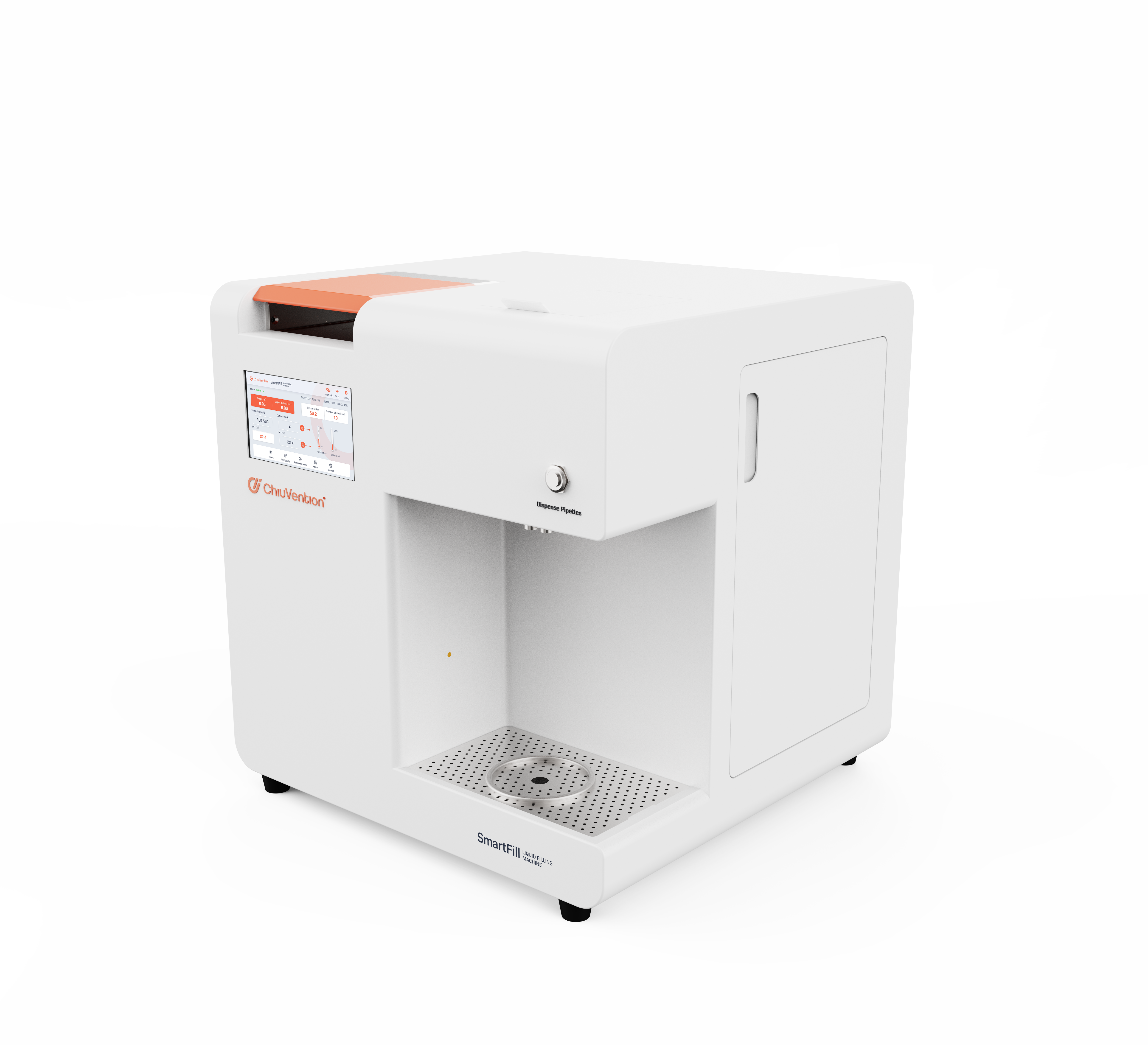
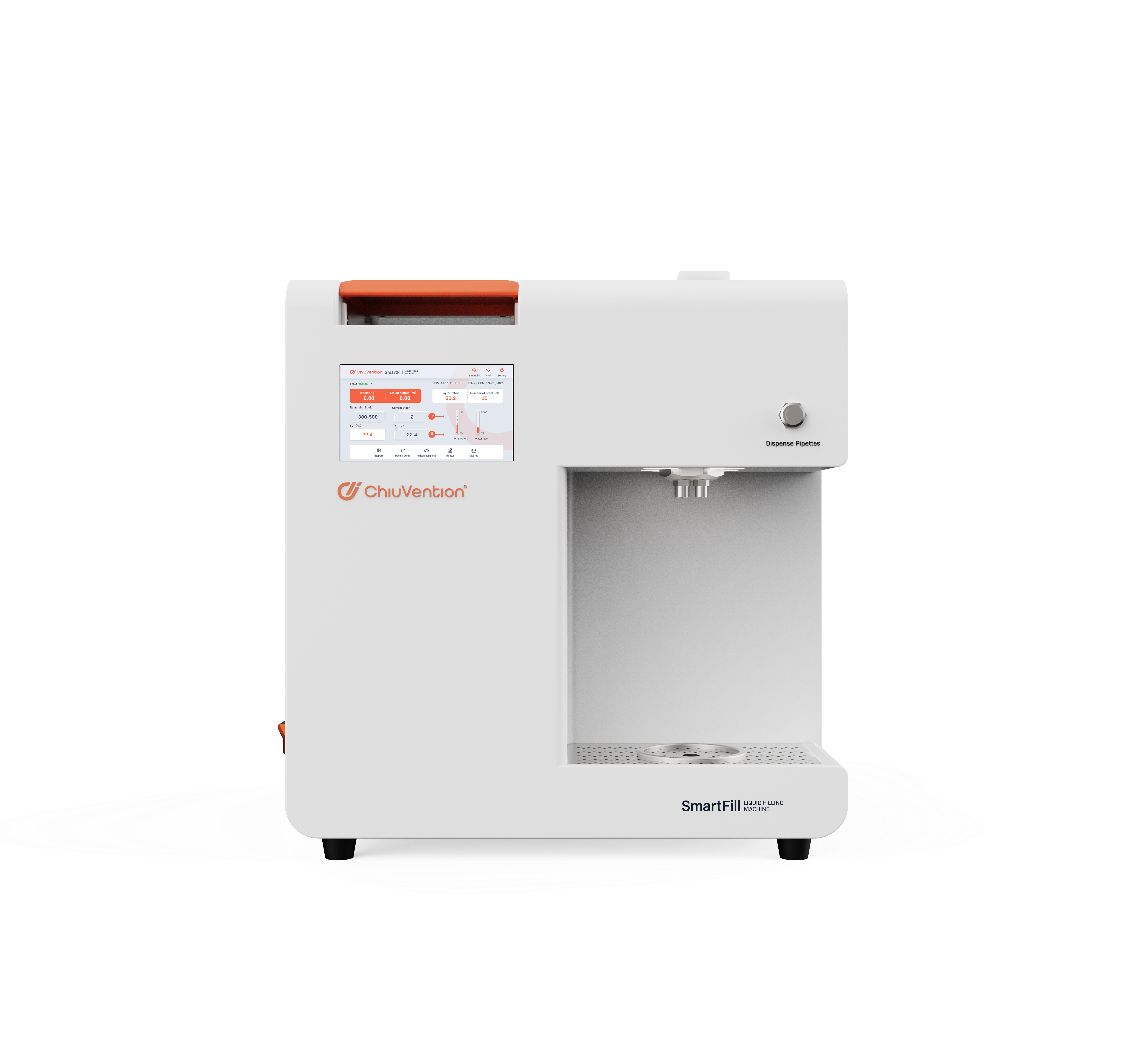
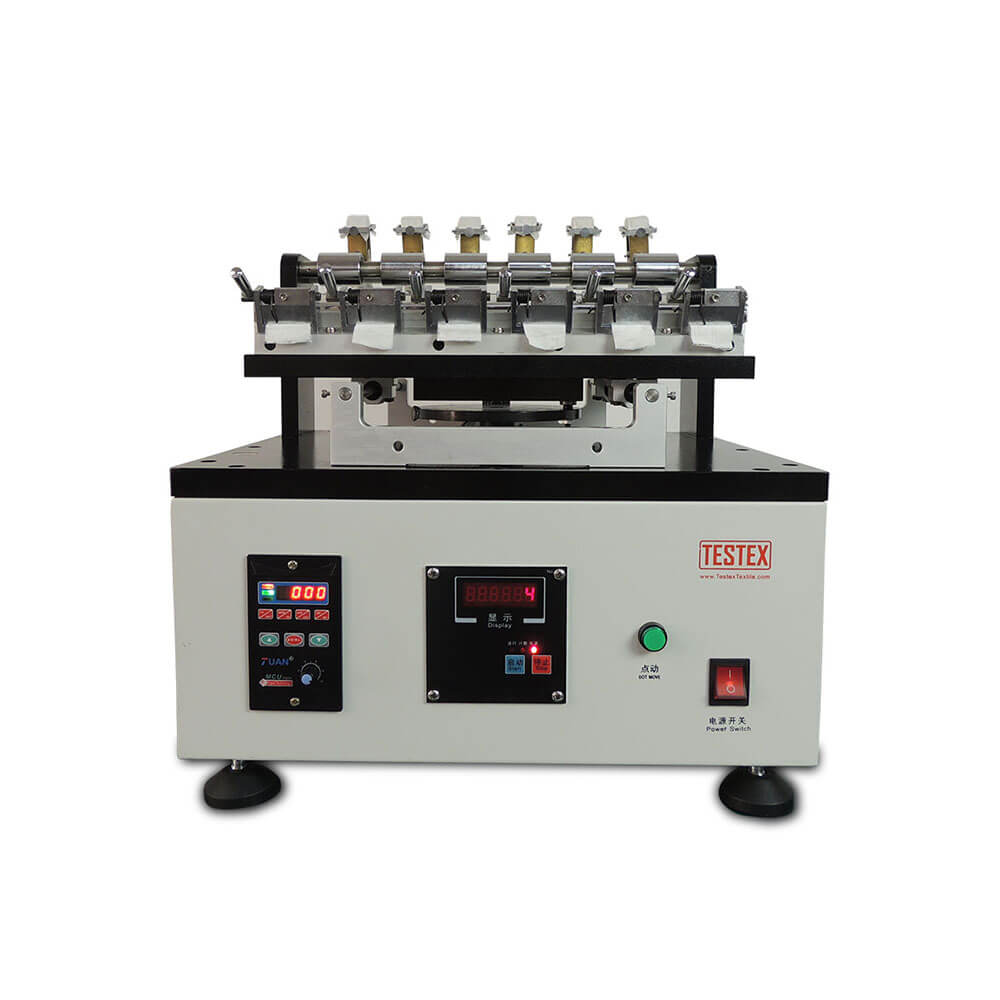
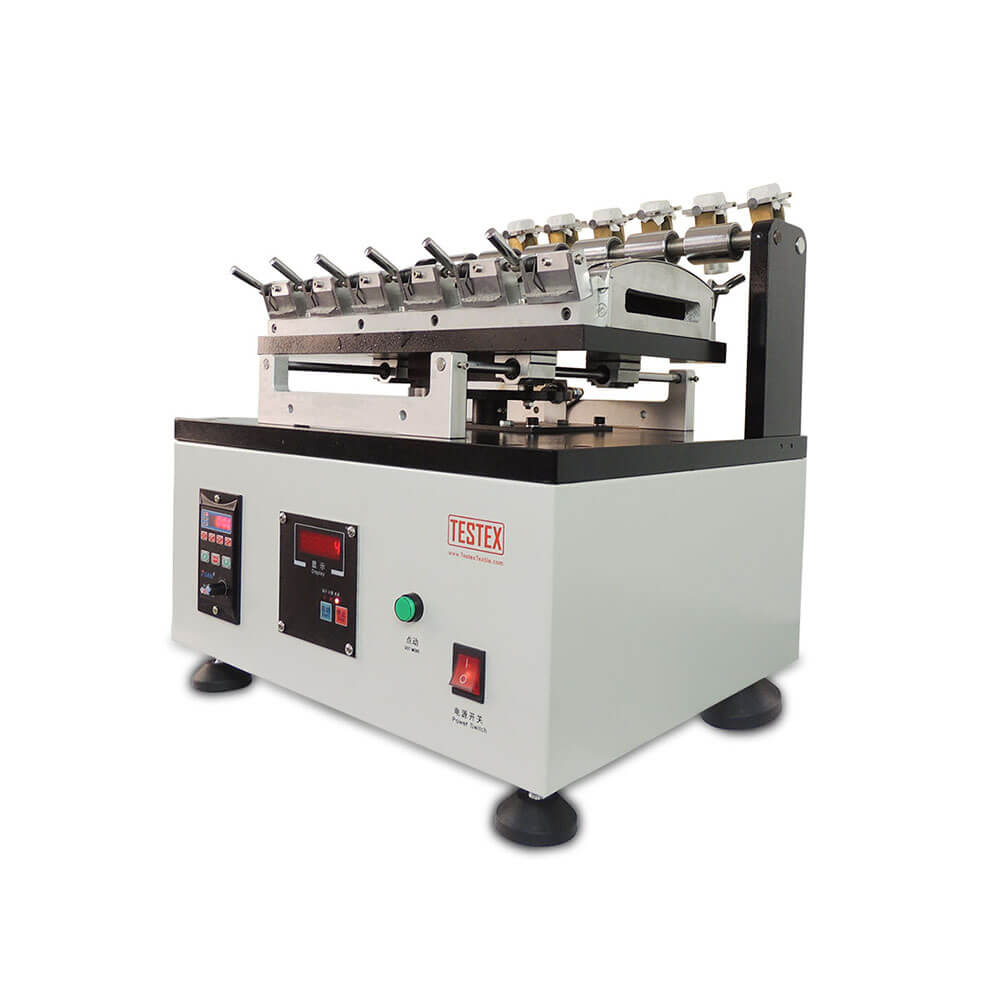
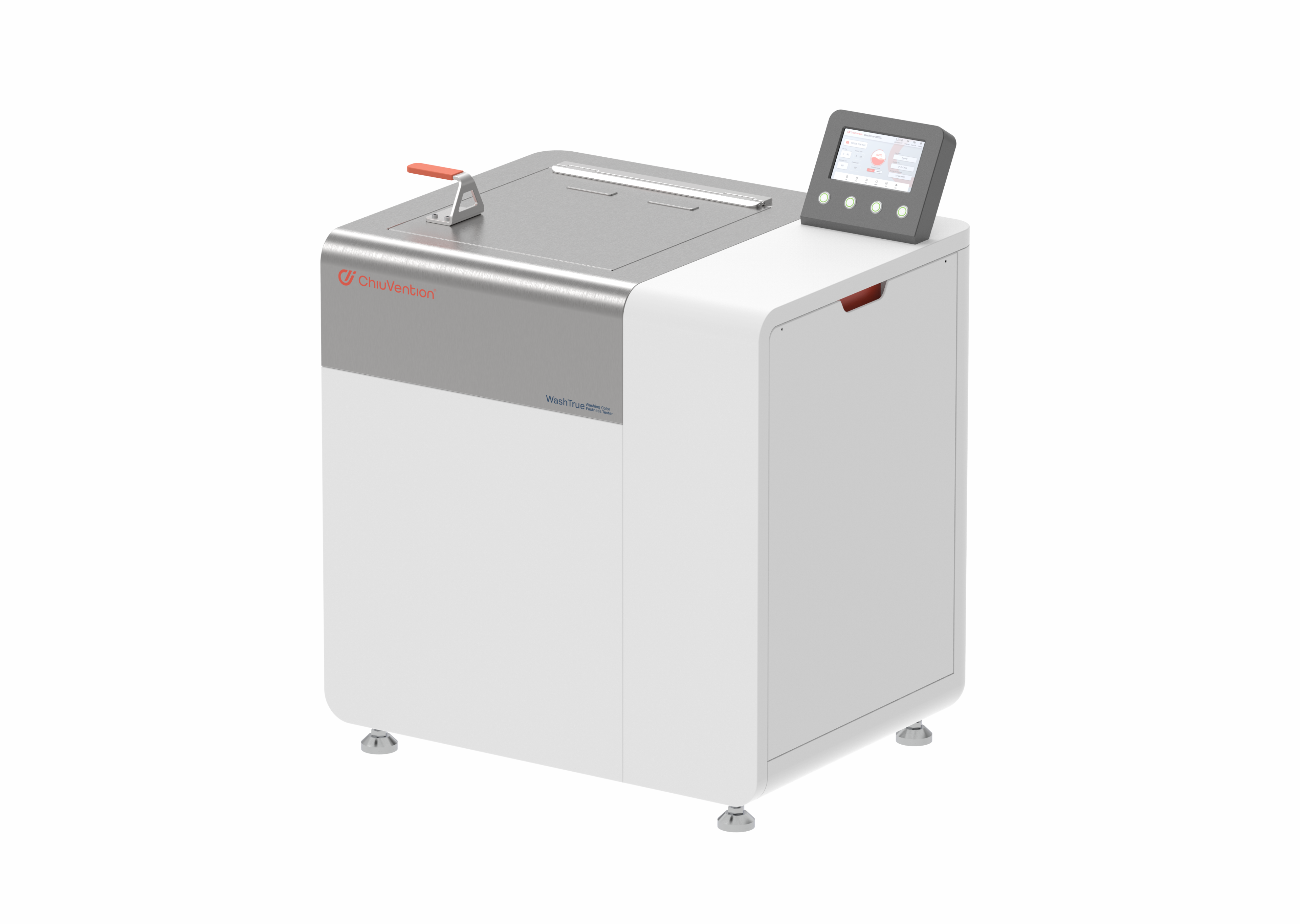
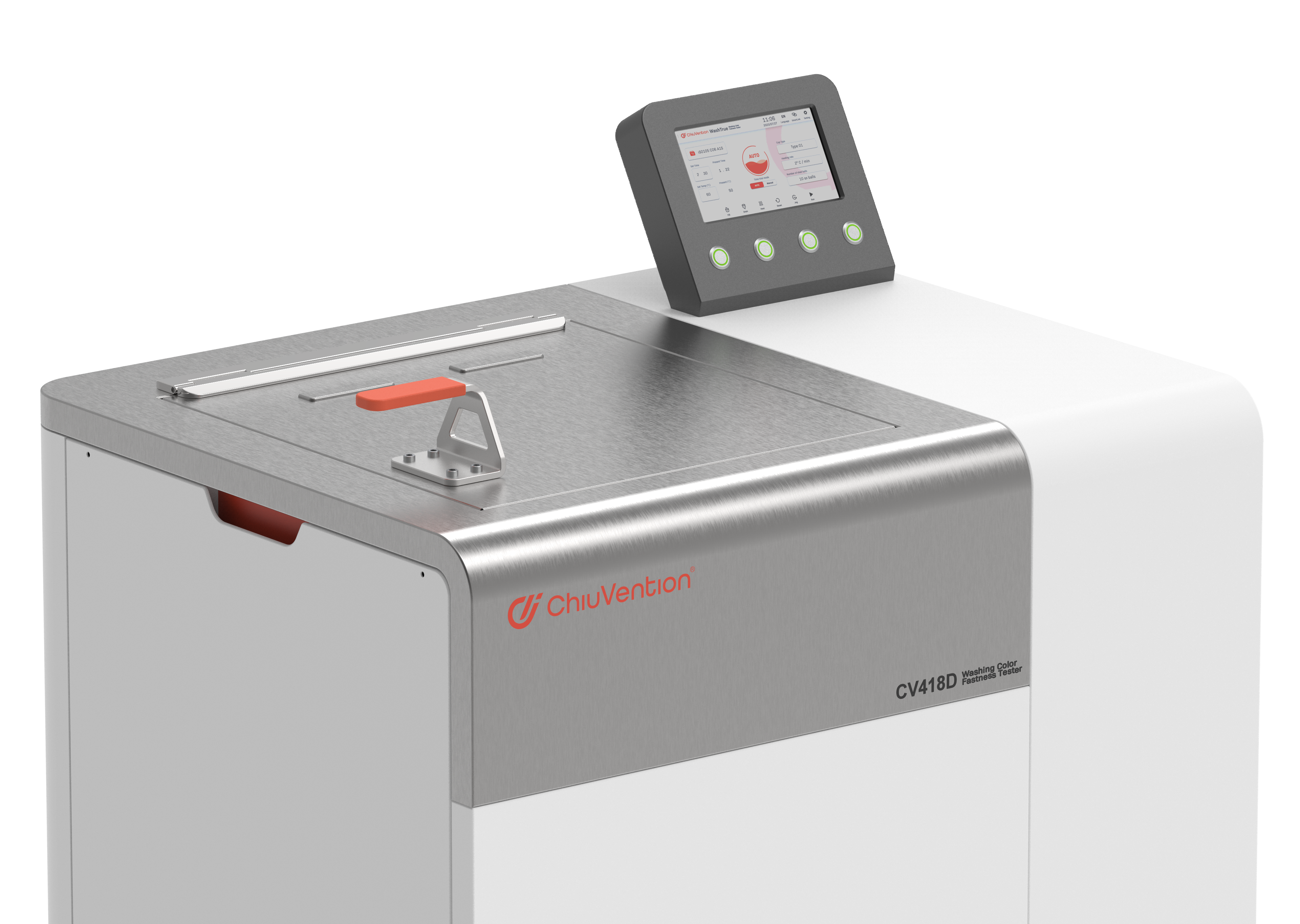
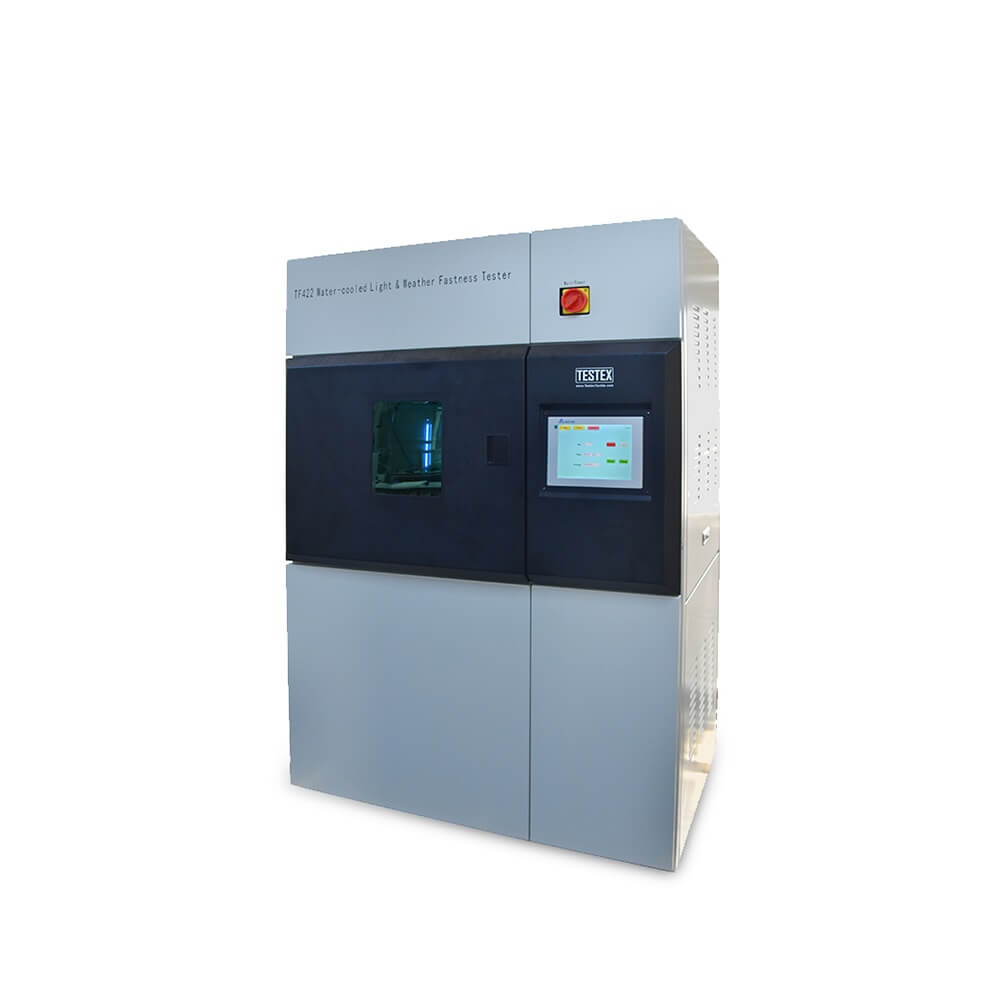
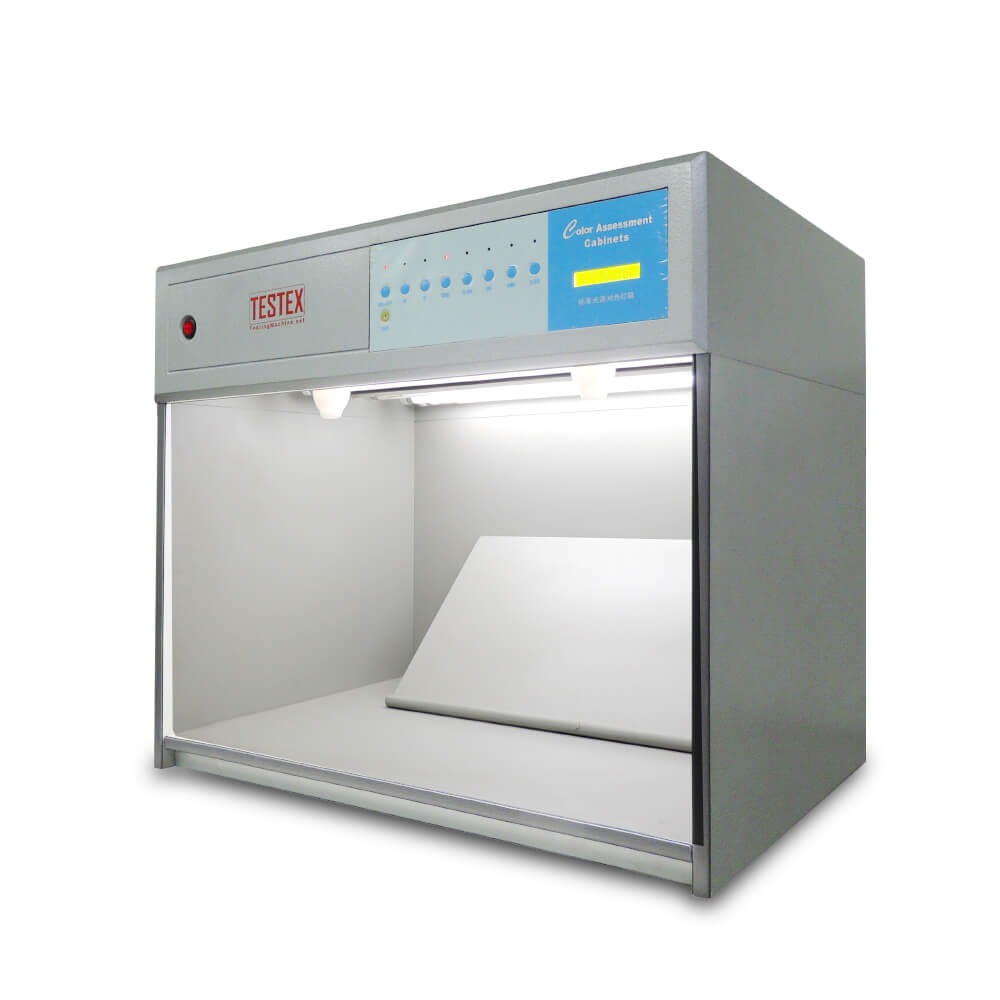
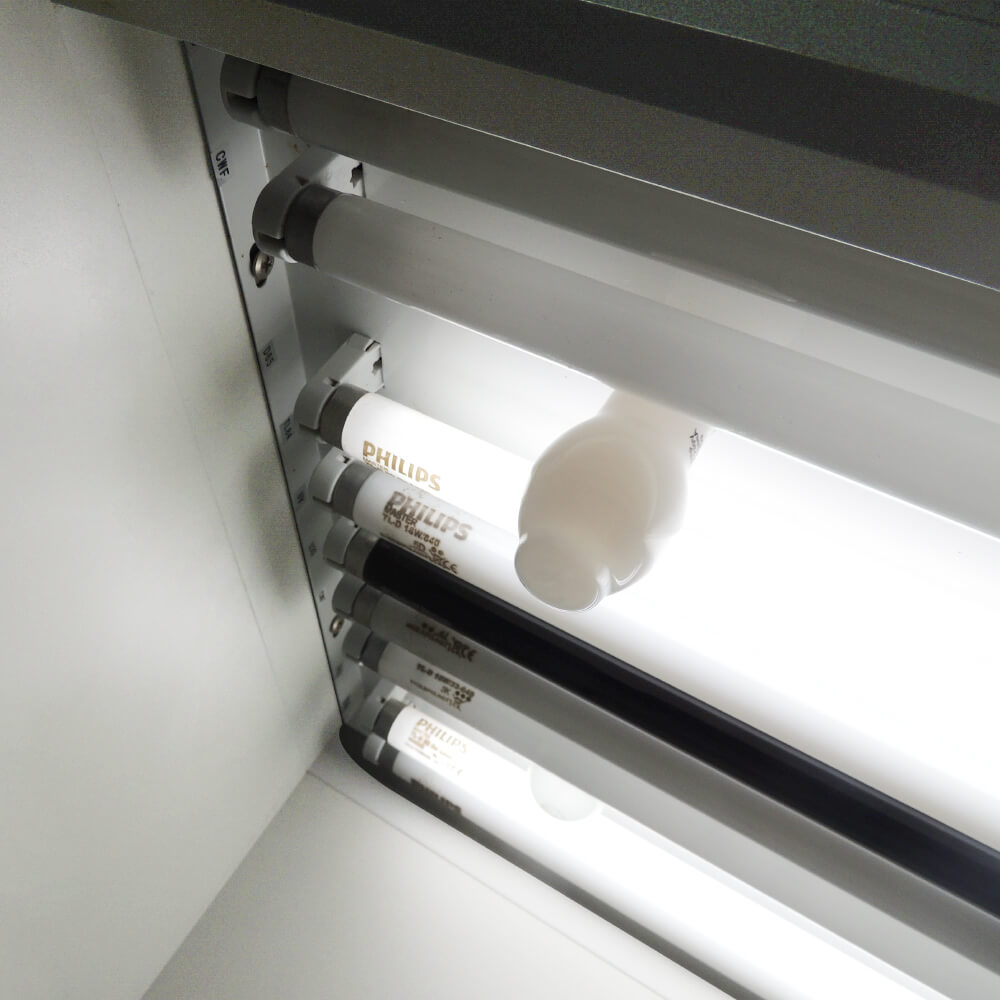
Reviews
There are no reviews yet.